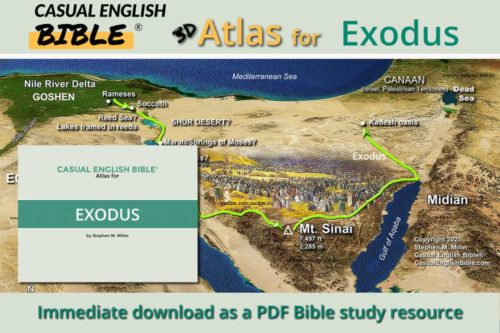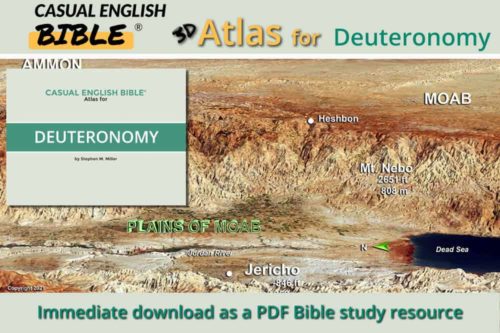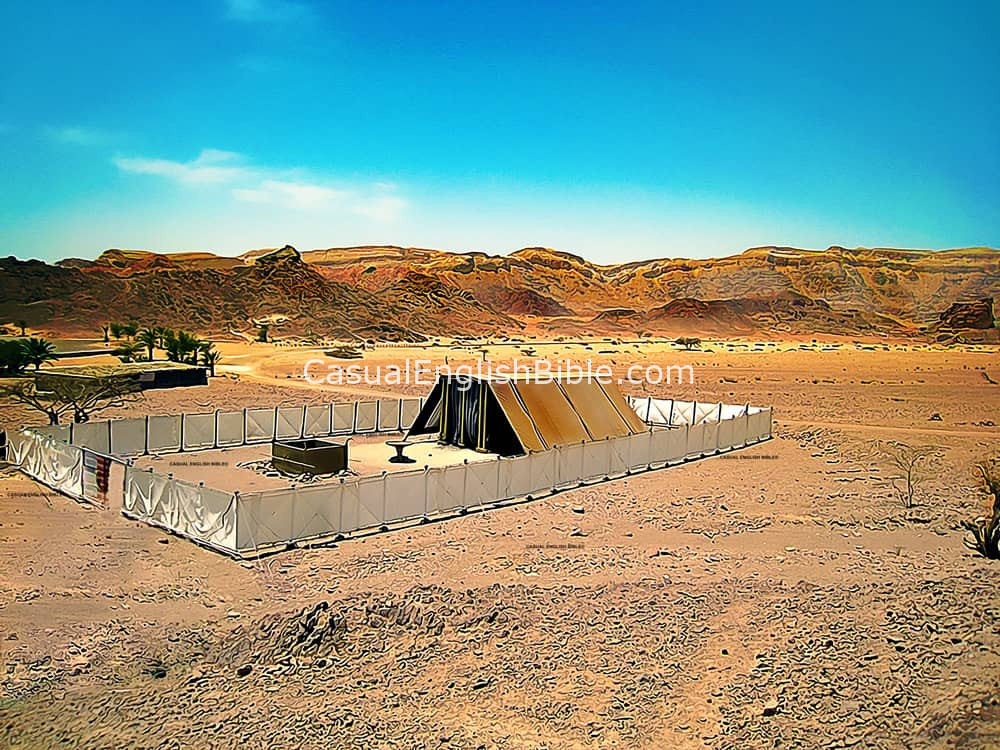Exodus 35
Moses collects an offering
Don’t even light a fire on the Sabbath
1Moses called all the people together. He said, “Listen, because I'm going to tell you what the LORD said you need to do:2You have six days to work. But the seventh day is a sacred day, the Sabbath. This is a day to do nothing but rest and devote your time and thoughts to the LORD. Working on the Sabbath is a capital offence; break the law and you die. 3Don't even light a fire in your home on the Sabbath.”
To-do list from God
4Moses addressed the people again. “He said this is what the Lord says you need to do: 5Take an offering devoted to the LORD. [1] Give whatever you feel you would like to give. Make any of these contributions:gold, silver, or bronze;
6fine linen and goat hair cloth,
fabric or thread dyed blue, purple, or crimson;
7sheepskin of rams,
top-quality leather, [2]
acacia wood;
8olive oil for lights,
spices to add fragrance to anointing oil and for incense;
9onyx stones and gems for the vest [3] that the high priest wears.
Drafted into the ministry
10If you have the skills we need, the LORD is drafting you into service. You’re ordered to show up and work. 11You’ll be building the tent worship center and making everything needed for what happens there. You’ll make,curtains, hooks, support frames;
crossbars, posts, and bases;
12box to hold the Ten Commandments, [4]
lid [5] for the box—where God forgives Israel,
curtain into the room;
13table and poles for carrying it,
utensils for this table, which displays the sacred Bread in God’s Presence; [6]
14Lampstand for the light inside the Sacred Room, [7]
olive oil fuel for the light;
15altar for burning incense in the Sacred Room,
poles to carry the altar,
anointing oil and aromatic incense,
curtain for entrance into the worship center;
16altar to offer burnt sacrifices,
poles to carry the altar,
bronze grating for the altar,
utensils required for offering sacrifices,
large bronze bowl for water, along with its stand;
17curtains used as walls for the worship center and its courtyard,
framework for the curtains and the entrance gateway;
18tent pegs and ropes for the tent worship center and courtyard curtains;
19Tailored clothes for the priests—Aaron and his sons—when they go into the Sacred Room.”
Donations for the worship center
20After the people heard this, they left. 21People who felt moved by what Moses said came back with contributions for the worship center and for the sacred clothing that the priests would need.22Men and woman moved by what they heard brought all kinds of jewelry: pins, earrings, rings, bracelets, and many other objects made from gold. They gave these gifts as offerings for the LORD. 23Everyone who owned some fabric or thread dyed blue, purple, or crimson donated it. Same for those who owned fine linen, goat hair, sheepskin of rams, and top-quality leather.
24People brought their silver and bronze objects, too, along with acacia wood—all of it as offerings to the LORD. 25Women skilled at weaving went to work spinning thread and sewing fabric and fine linen dyed blue, purple, and crimson. 26Women moved by what Moses had said also spun goat hair into thread.
27Leaders brought onyx and other gemstones that artisans could use when they made the high priest’s vest and apron. 28Leaders also brought spice and scented olive oil that the priests could use as anointing oil, as fuel for the light, and to make aromatic incense. 29Everyone moved by what they heard from Moses contributed something for the work the LORD wanted them to do. The contributions were voluntary.
God’s lead artisan
30Moses addressed the people of Israel again. “The LORD has picked Bezalel, son of Uri and grandson of Hur, from Judah’s tribe as lead artisan for this work.31The LORD has equipped him and filled him with the Spirit of God. Because of this, Bezalel has wisdom, insight, know-how, and skill. 32He’s a master artisan. He can work with gold, silver, and bronze. 33He can cut gems and place them in elegant settings. He can sculpt wood, too. He does creative work. 34He and his associate, Oholiab, Ahisamach’s son and from Dan’s tribe, are both planning to teach.
35The LORD has given both men a wide variety of skills: designing, engraving, weaving, and embroidery with fine linen and fabric dyed blue, purple, and crimson. They’ll be able to design and build anything the LORD asks.”
Footnotes
Donations will be used to build a tent worship center and to outfit Aaron and his sons in clothing designed for priests.
It’s unclear what this is made from. The Hebrew word, tahas, can mean the leather of a “sea cow,” presumably a dolphin, or it can mean “fine leather” or “durable leather.”
Also known as the Decision Chestpiece” (Exodus 28:15). The descriptive word in Hebrew is mispat. It can mean a wide variety of words, including: justice, judgment, law, court, rights, and decisions. We need context clues to pick the right word. The general idea, however, seems to suggest the vest, which the high priest wears over his heart, represents his authority to deliver God’s messages and judgments.
Also known as the Ark of the Covenant or Ark of the Agreement.
The top of the Box of the Law (Ark of the Covenant) is where the high priest would splash blood on Israel’s annual day of repentance, the Day of Atonement, today known as Yom Kippur. This is where God met with Moses to give him instructions (Exodus 25:22). And it’s where God would appear in a cloud over the cover to forgive the nation of the sins the people committed each year (Leviticus 16:2). This cover is also known as the “mercy seat.”
“Put the sacred bread, the ‘Bread in God’s Presence,’ on this table and keep it there all the time” (Exodus 25:30).
The Sacred Room was the main sanctuary inside the tent worship center. Aaron’s sons were allowed to go in this room. But the Most Sacred Room was off limits to everyone but Aaron and Moses. That’s where the Ten Commandments were kept, and where God met with Moses to give him instructions.
Discussion Questions
- Sorry, there are currently no questions for this chapter.







